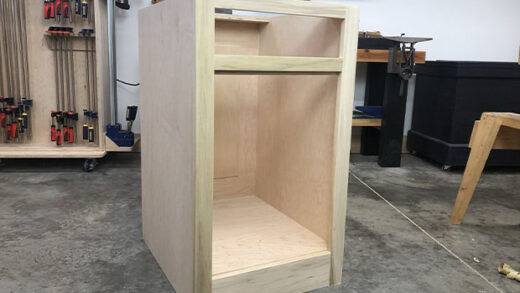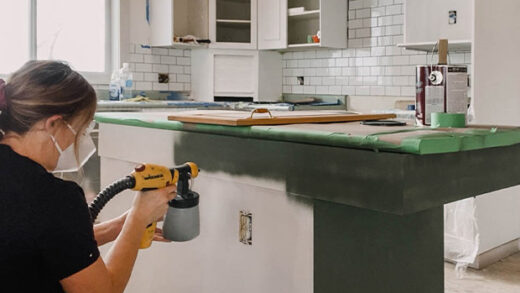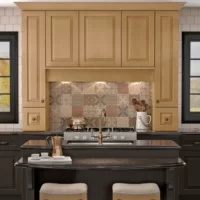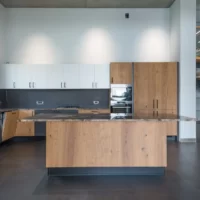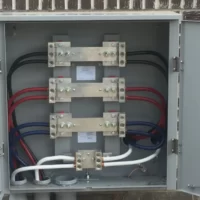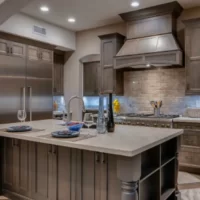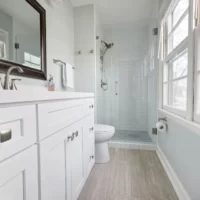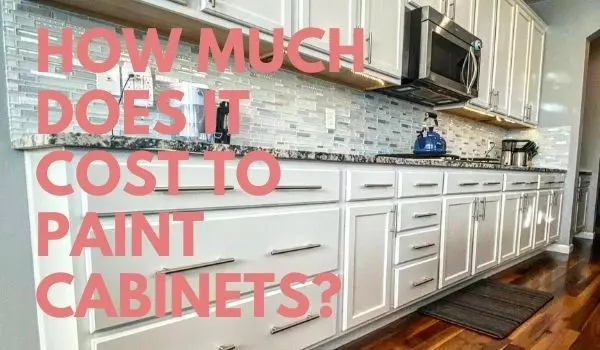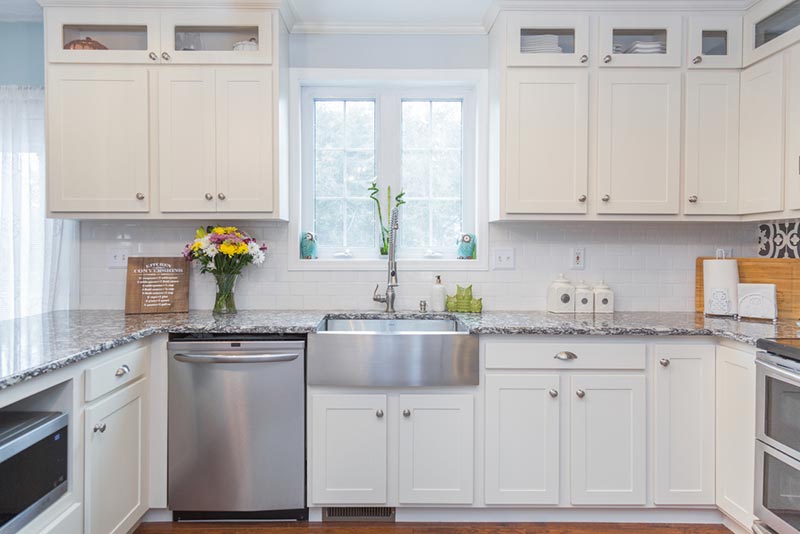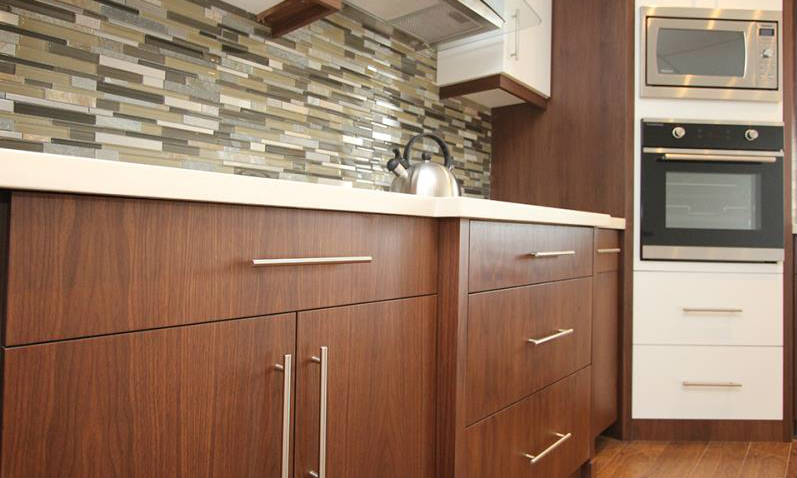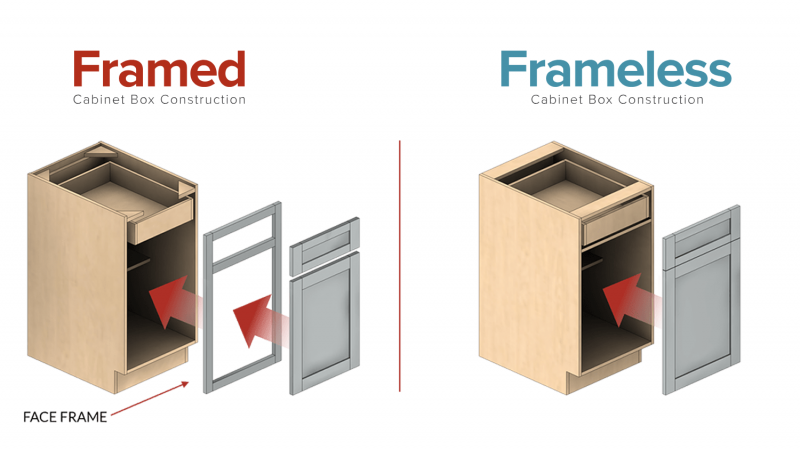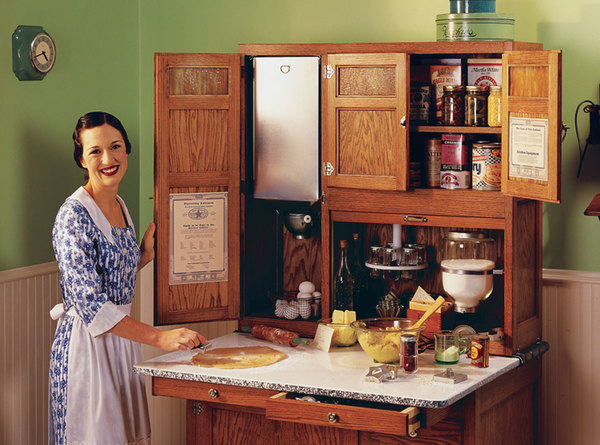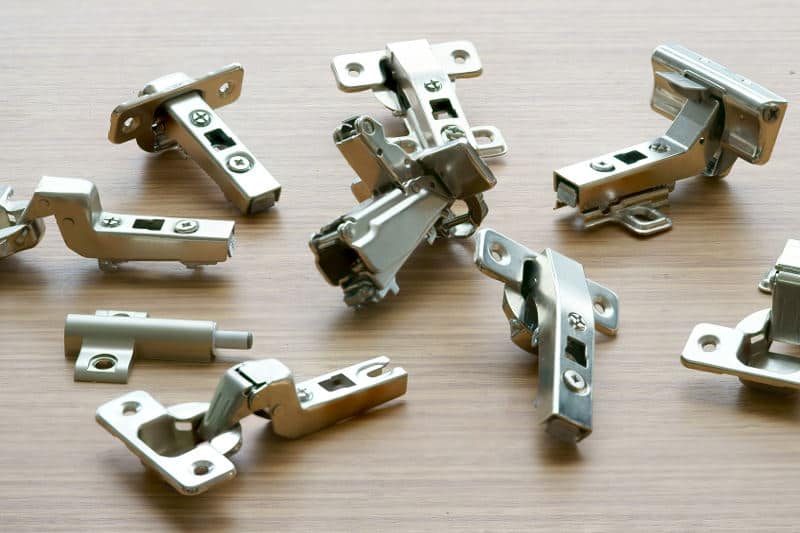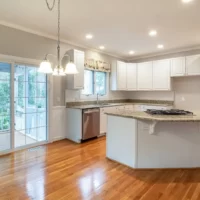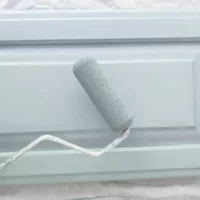Whether you’re building or remodeling a kitchen or bathtub in your home, new cabinets will be the foundation of your design. But how do you know if your cabinets are really high quality? How can you be sure that after a few years, you won’t bring them home only to find the drawers are broken, warped, peeling paint, or the hinges stuck? Here are a few elements to look out for when you’re shopping for high-quality cabinetry in your kitchen or bathroom.
Table of Contents
The Manufacturer
No matter what material your cabinets are made of, find out who the manufacturer is. Then, study them. Do they have a lifetime warranty on their cabinets? (This is almost always a good indicator of product quality.) Where are their cabinets made? Do they use quality materials?
Most cabinets are made of plywood, particleboard, or MDF. All these materials are available in different quality grades. Simply put, some companies choose high-quality, durable grade materials for their products, while others don’t. When researching the manufacturer, also consider the style of the cabinets. Some companies are known for their frameless designs, while others specialize in built-in cabinets.
The manufacturer is more important than the type of material the cabinet is made of. All materials have different quality grades, some companies use better grades than others.
Cabinets Constructed
This is often the tiresome part of the research process. But in fact, understanding the construction, seams, and supports of cabinets is just as important as knowing what materials the boxes are made of. Glue is often used as part of building cabinet boxes, so don’t panic if you see a bit of dry glue in the corners. However, the process goes beyond just gluing pieces of wood together. When a deep groove meets a mating joint, the joint is strong and the glue has more surfaces to stick to for extra strength. (This is what we call a “wainscoting seam”) The “bracing” of the cabinet case is also extremely important for strength and durability. Wood or engineered I-beam access to the sides, front, and back are the preferred base cabinet construction. For wall cabinets, it is best to insert the thicker back into the side of the cabinet. Whether framed or unframed, seams, bracing, and material thickness prevent cabinets from collapsing and help keep them square.
Drawers Hide No Secrets
Now that we’ve got you thinking about construction, let’s discuss drawer construction further. As with cabinet boxes, you’ll want to focus on the drawer assembly, not just the materials used. Choose drawers that are held together with locking joints, such as dovetails, dowel joints, or wainscoting joints. Nails, screws, staples, or glue alone won’t last long. Most drawers are made of the same material as the rest of the cabinet, but sometimes manufacturers go a step further and use solid wood for drawers since they get a lot of wear and tear every day. Features like full-touch and soft-close slides also demonstrate the need for extra time and attention to detail during construction.
Quality construction is essential to your cabinet drawers. Look for locking joints; nothing else will last that long. Solid wood and other features such as soft-closing slides are additional, but not mandatory, marks of thoughtful craftsmanship.
Check Your Hardware
Don’t get so obsessed with cabinet boxes and drawers that you neglect the hardware. Double-check who the hardware manufacturer is and read reviews of their products. The hinges and handles will be heavily used and should be made of high-quality materials. Look for real metal, not imitation metal or plastic.
Hardware plays a vital role in the functionality of the enclosure. Choose a high-quality metal whenever possible and research the manufacturer for a review.
The Test Of Time
One of the advantages of buying used cabinets instead of new ones is the opportunity to see how your cabinets have been used so far. Recycled cabinets are 5, 10, or even 20 years old. If they are still in good condition after all this time, it’s a good indication that you have a high-quality, long-lasting product. If you’re shopping for used cabinets, take a look at everything mentioned in this article to see what you’re getting. How did it end? Is it solid or crumbs? Are the cabinets scratched, bumped, or twisted? Are the hinges solid or loose? Cheaply manufactured cabinets will not outlast those made of high-quality materials from respected manufacturers. Even if you’re buying new, poorly built cabinets on the showroom floor will show signs of wear and tear sooner than their well-built competitors (think loose hinges, stuck drawers, etc.).
If you buy recycled cabinets, you have a time-tested advantage. You can see how the cabinets have dimmed so far and gauge how they will perform in the future.
The Finish
The finish of the cabinet doors and fronts is also very important. The finish of the cabinets needs to be not only attractive but also protect the cabinets themselves. Scratches, worn areas, and scuffs are all signs that a paint finish is cheap and poorly handled. Wear, discoloration, and deterioration should also not be noticeable on high-quality cabinets. Cabinets with a premium finish should be sanded, sealed, stained, and finished to produce the desired look. Finally, note that any stains or dirt particles are from a poor finishing job. If your cabinets are located in a sunny location, make sure the finish is UV-resistant so the color and finish won’t fade over time.
Certification
Look for KCMA certification, which is attributed to cabinets that meet a certain area of criteria. Although this is not required and is an elective certification, it does suggest that the cabinets are of high quality. Consider it an added bonus if the cabinets you are looking at are KCMA certified.
Conclusion
Because not all cabinets are created equal, you have to study how they are made to really assess their quality. To answer your question, how do I know the cabinets are of good quality? In summary, look for wainscoting joints, all-wood framing and drawers, dovetail drawers, soft-close drawer hardware, and lifetime warranties. Don’t be fooled, just because the door style is modern and the drawer mechanism is soft-closing doesn’t mean the cabinets are of good quality. Follow the guidelines in the 7 questions above and you’ll find quality cabinets.

